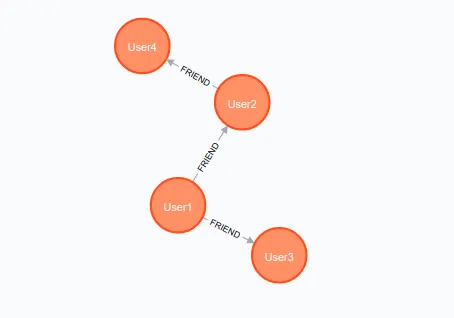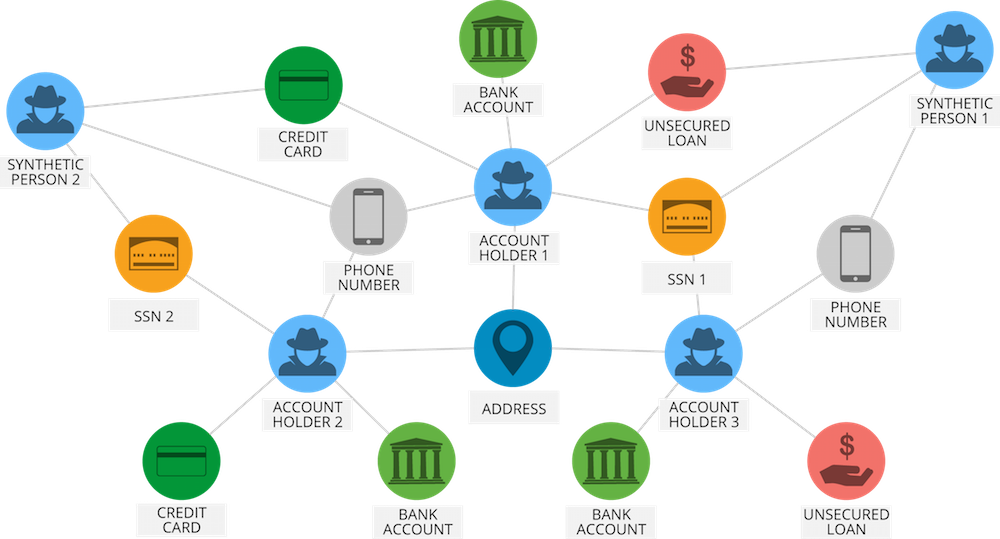[Avg. reading time: 5 minutes]
Neo4J
Neo4j is a graph database that stores data as nodes (entities) and relationships (edges), focusing on the connections between data points. It excels at analyzing complex, highly connected data, such as social graphs, recommendation systems, and fraud networks.
In the context of the CAP theorem, Neo4j prioritizes Consistency (C) and Partition Tolerance (P) over Availability (A). This means Neo4j ensures data correctness across nodes even in distributed setups, sometimes at the cost of short-term availability.
Neo4J Deployments
| Deployment | Description | Use Case |
|---|---|---|
| Standalone | Installed on a single server; simplest setup. | Development, testing, small workloads. |
| Clustering | Multiple nodes for high availability and load balancing. | Production-grade systems requiring uptime. |
| HA/DR | Adds replication for fault tolerance and disaster recovery. | Mission-critical systems. |
| Neo4j Aura (Cloud) | Fully managed Neo4j service by Neo4j Inc. | Quick start, scalable cloud deployments. |
Use Cases
Social Media
Neo4j models complex social interactions such as friends, followers, and likes.

Fraud Detection in Real-time: Banks and financial institutions are leveraging Neo4j to detect complex fraud patterns in real time, connecting the dots between transactions that would seem unrelated at first glance.

Network and IT Operations: Maps systems, devices, and dependencies to predict outage impacts or plan upgrades.
Personalized Recommendation: Enables context-aware recommendations by combining purchase history and social relationships.
Knowledge Graph: Used for enterprise knowledge management — linking people, documents, and systems to improve discovery.
Neo4j shines wherever relationships matter more than individual records — offering a flexible, intuitive, and highly connected way to store and analyze data.